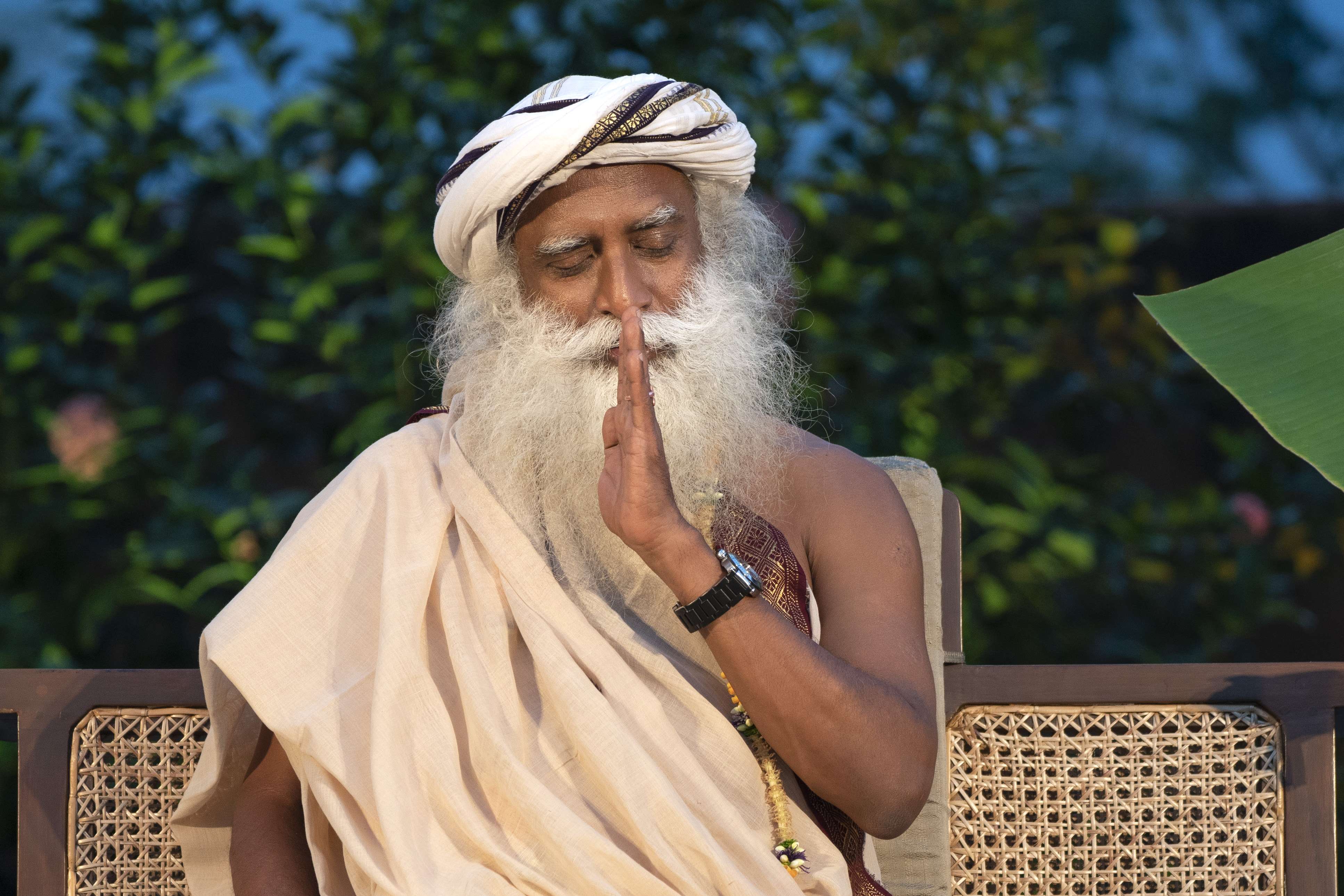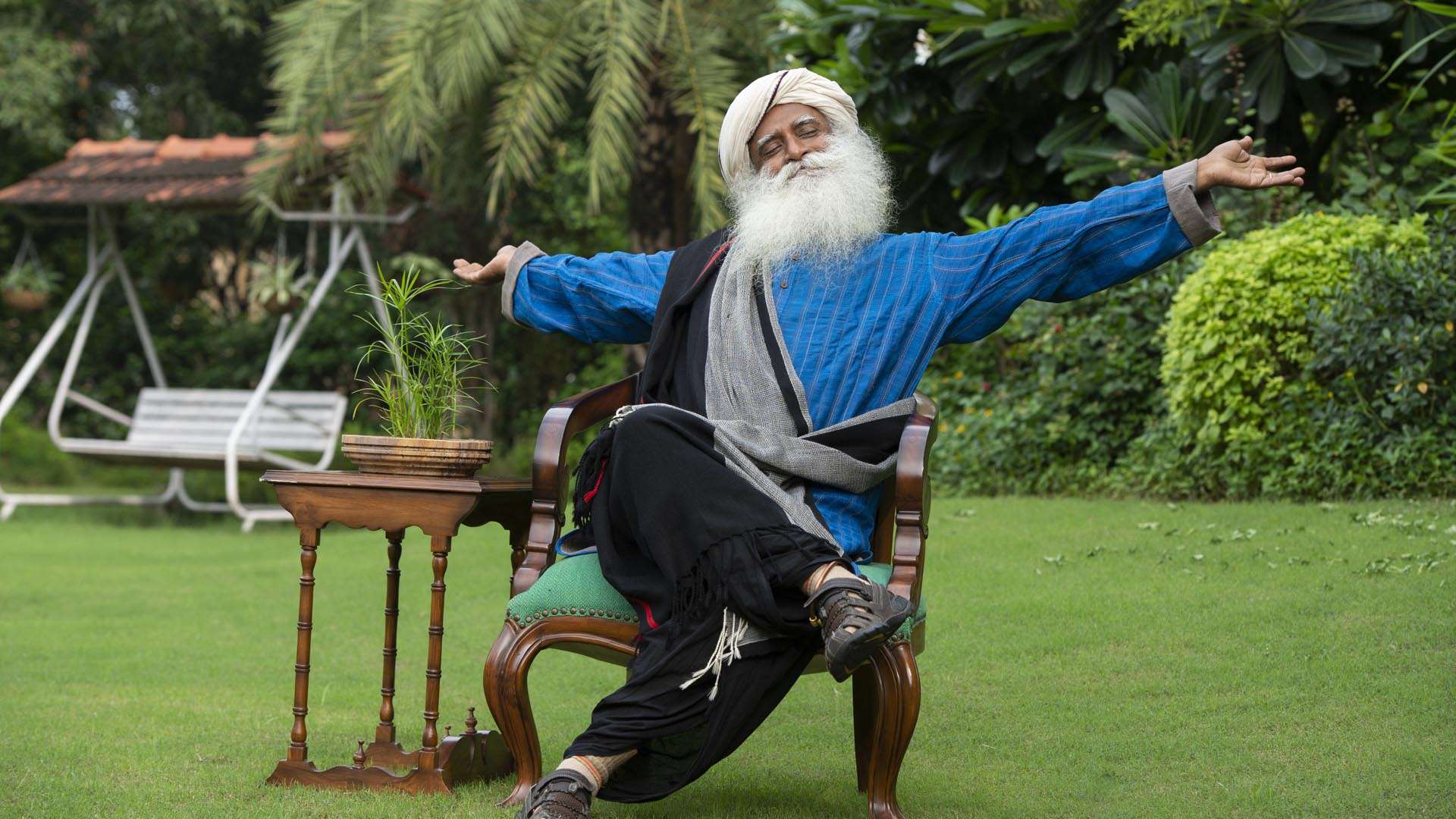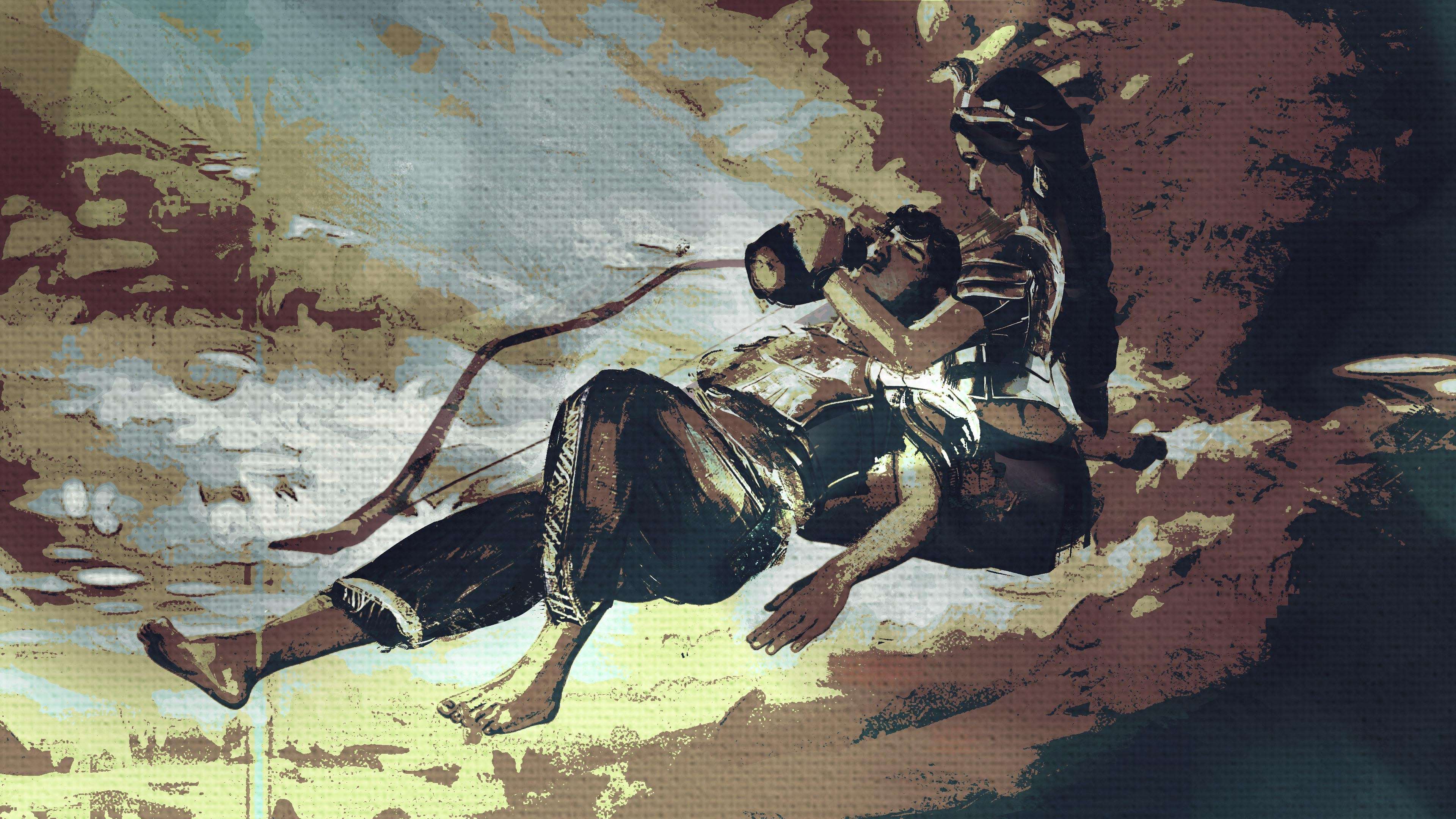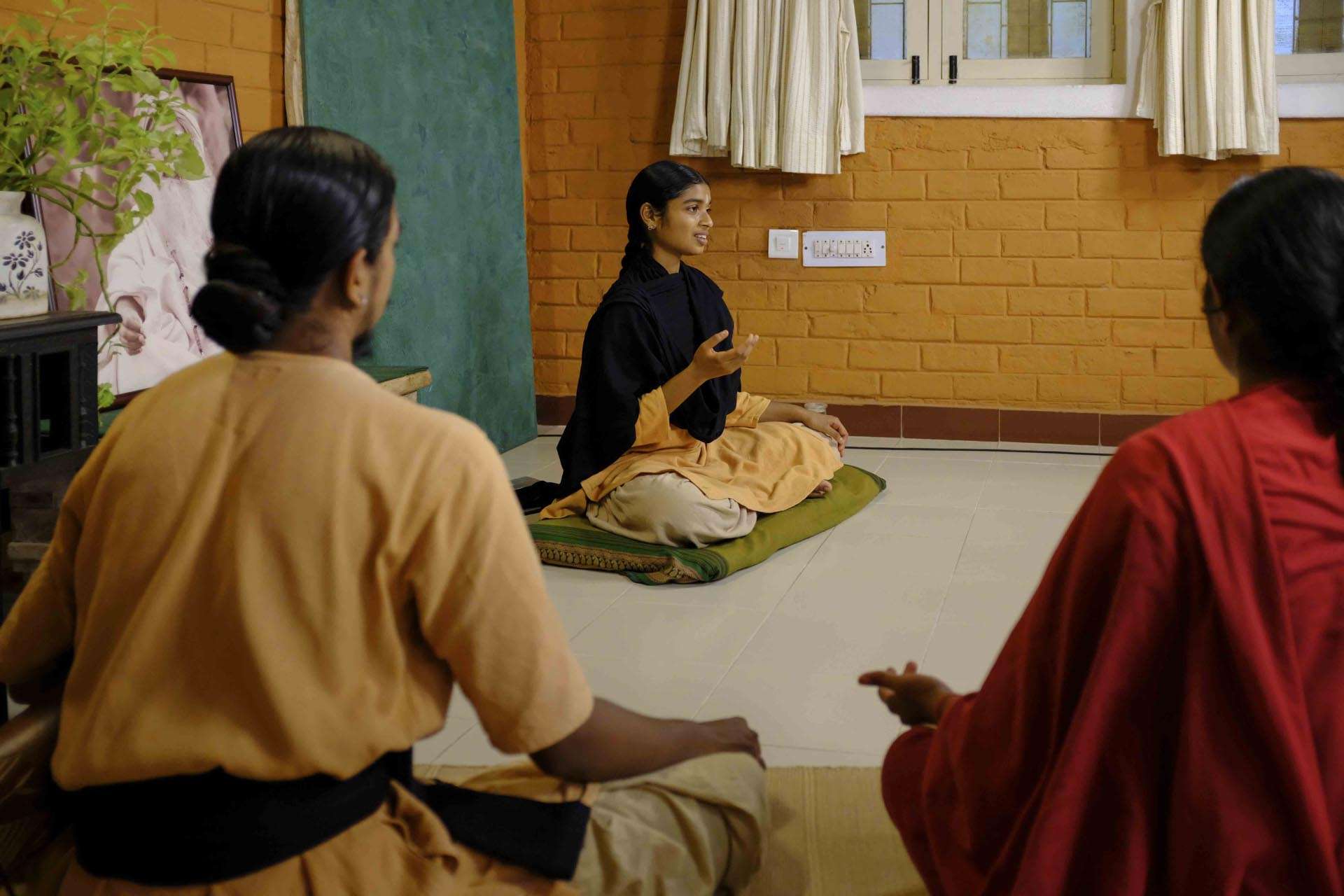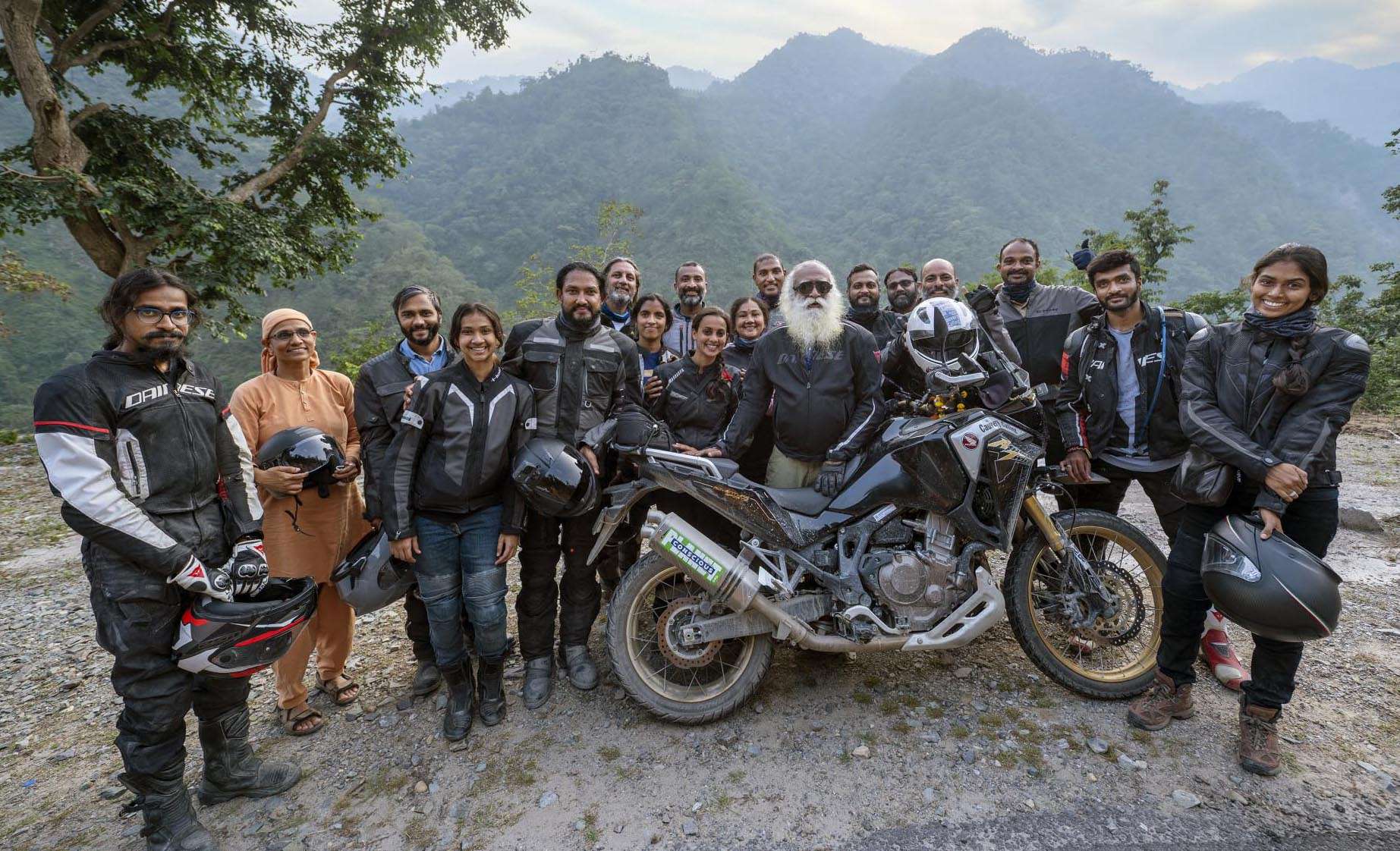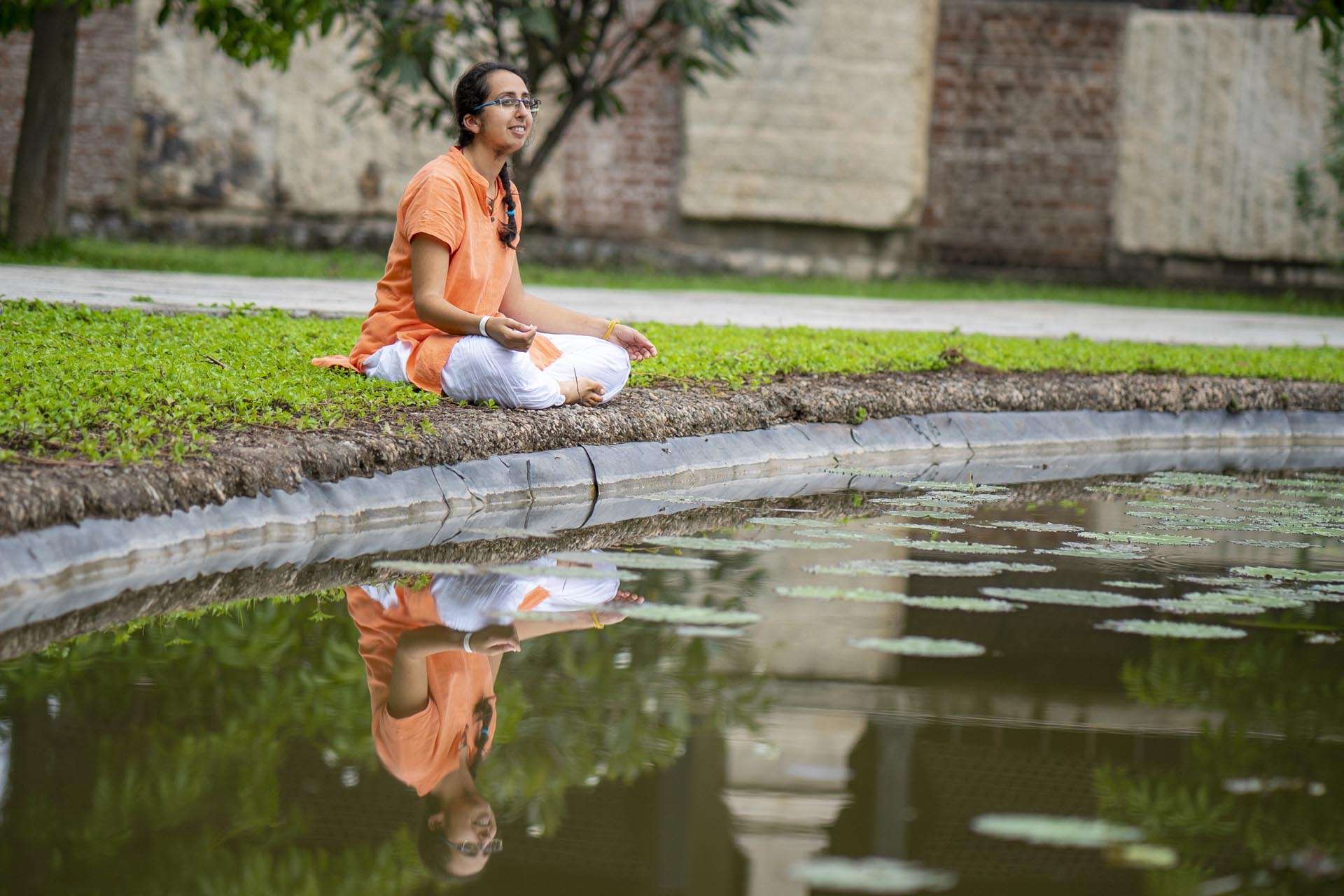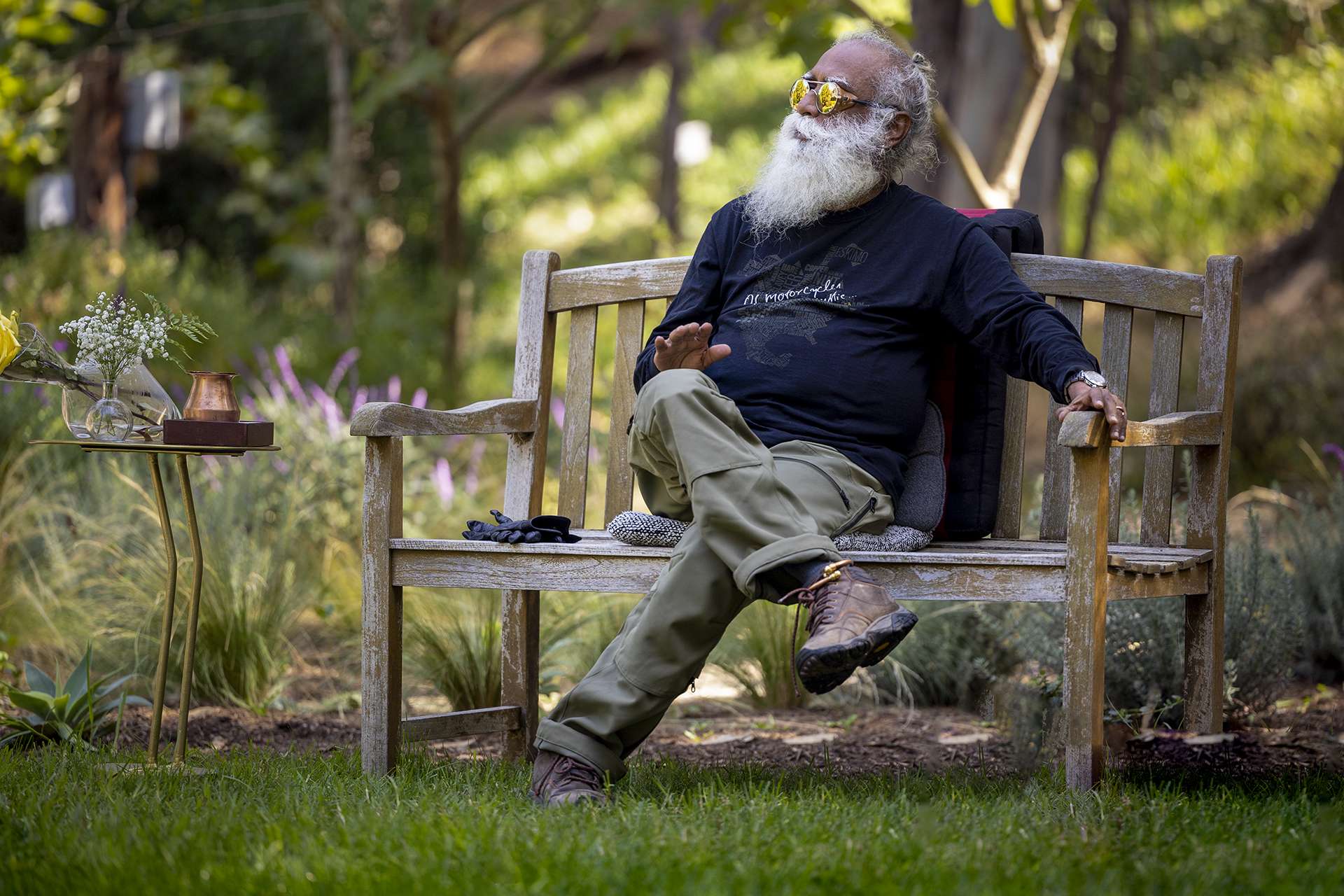Sadhguru: You know how Shiva came to Kedar? He was conned into it. Shiva and Parvati were living where Badrinath is today, and there are hot springs. So, both of them went for a nice, hot dip. Then they walked back from their bath to their little cottage, and they found a really cute little baby inside, with a big smile on his face. Shiva said, “Don’t touch it,” but Parvati’s maternal instincts got the better of her. She said, “Oh, here I got the baby I always wanted!”
The next day, they went out for a bath again. When they came back, the baby had locked itself in the house. Parvati couldn’t believe it, “What’s happening here? How could the little baby lock itself in?” They shouted from outside, “Please open the door! Who is this?” Then the baby spoke and said, “You better find a new place – this is my place.”
Shiva said, “I told you – a baby who lands up on top of a mountain all by itself is not a baby.” Then, from Badrinath, which is at 10,000 plus feet, they walked to a place that is today known as Kedarnath, and settled next to Kantisarovar, which is at around 12,800 feet.
In terms of geometric coherence between sound and form, Kedarnath comes closest to the sound ‘Shiva.’
But the yogis and others who followed them settled at Kedar. Because they wanted to come up to Kantisarovar all the time, Shiva said, “I will establish my energy in such a way that you won’t miss me and can stay there,” and he established Kedarnath. Even today, in terms of geometric coherence between sound and form, Kedarnath comes closest to the sound ‘Shiva.’
Up at Kantisarovar, Shiva, Parvati, and the seven disciples who are now celebrated as the Saptarishis, settled to pursue the exposition of Yoga, the teachings, and the other drama that happened along with that. So, Kantisarovar is the site of the very first Yoga program. Not a short-term weekend program but a very long Yoga program.
Shiva expounded on the relationship between the entirety of the cosmos and human existence – how it can be explored, what the different ways to do it are, and how individual human beings can become universal in their experience. So, this whole methodology through which an individual human being can experience the universality of our existence is called Yoga.
You cannot kill Yoga because it is a living truth.
Yoga has gone through a lot of metamorphosis and distortions, from exploring and aligning with cosmic dimensions to twisting and turning, and ending up looking like a leftover noodle. But you cannot kill Yoga because it is a living truth. Even if at some point, everyone gives up the entire yogic pursuit, but after a thousand years, someone looks at it again, it will still be there.
Yoga is not in a scripture, which could be destroyed; it is not just in human memory, which could be erased – it is a living, existential truth. Exploration may take a certain amount of keenness of perception, resilience, and perseverance to open these things up, but it is always there. So, there is no fear of losing it totally, but generations of people may miss it.
There is an immense responsibility for this generation, where for the first time, we have tools of transmission with which we can reach the entire population on the planet. At the same time, these same tools of transmission have become probably the most effective distraction for human beings ever.
Using these tools in the right sense and making sure that they become a possibility, not a distraction; they become an elevating process, not a way of becoming a confused mess – this is our responsibility as a generation.





